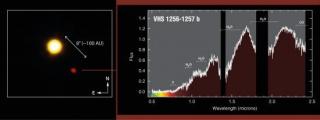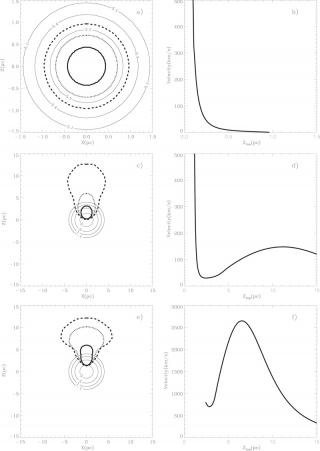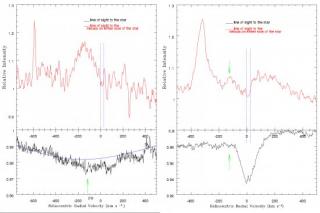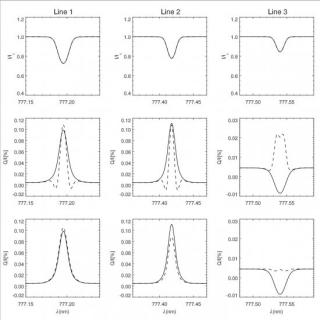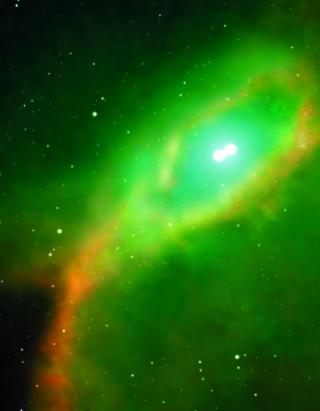
The planetary nebula (PN) stage is the ultimate fate of stars with mass 1 to 8 solar masses (M⊙). The origin of their complex morphologies is poorly understood, although several mechanisms involving binary interaction have been proposed. In close binary systems, the orbital separation is short enough for the primary star to overfill its Roche lobe as it expands during the Asymptotic Giant Branch (AGB) phase. The excess material ends up forming a common-envelope (CE) surrounding both stars. Drag forces would then result in the envelope being ejected into a bipolar PN whose equator is
Advertised on
